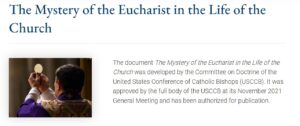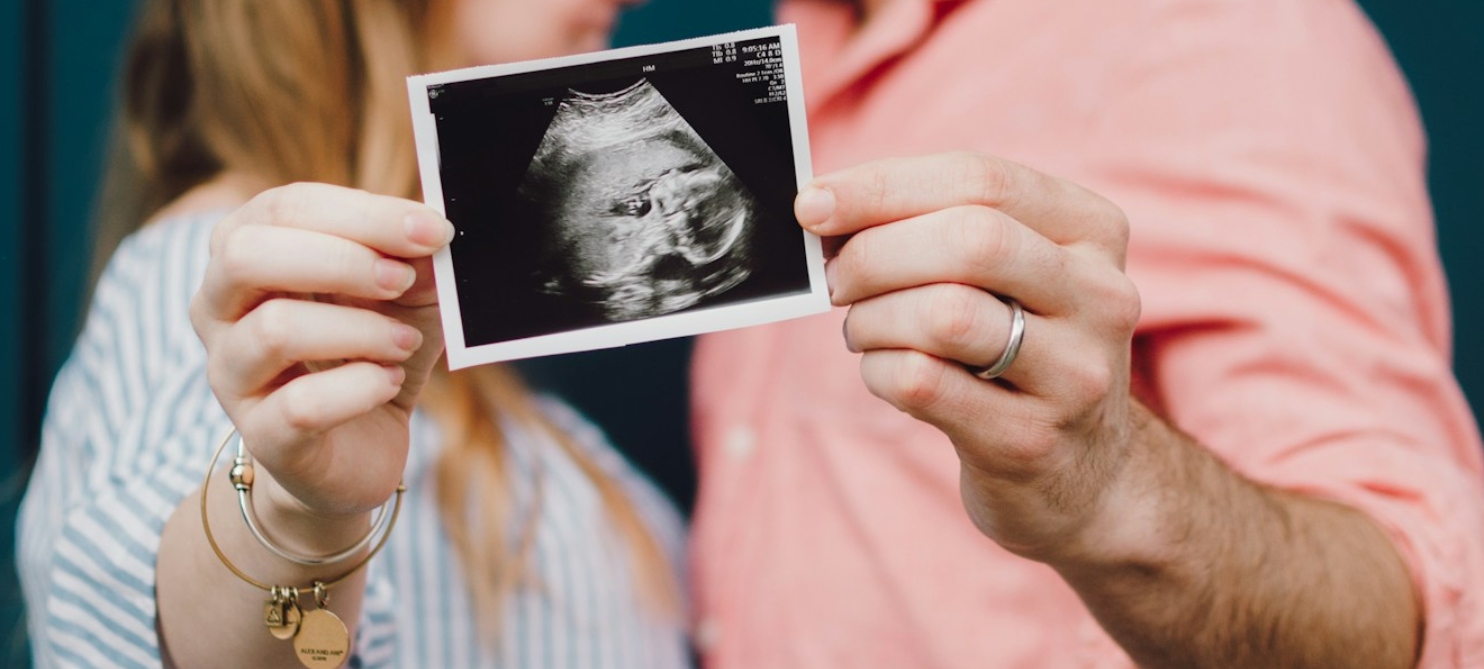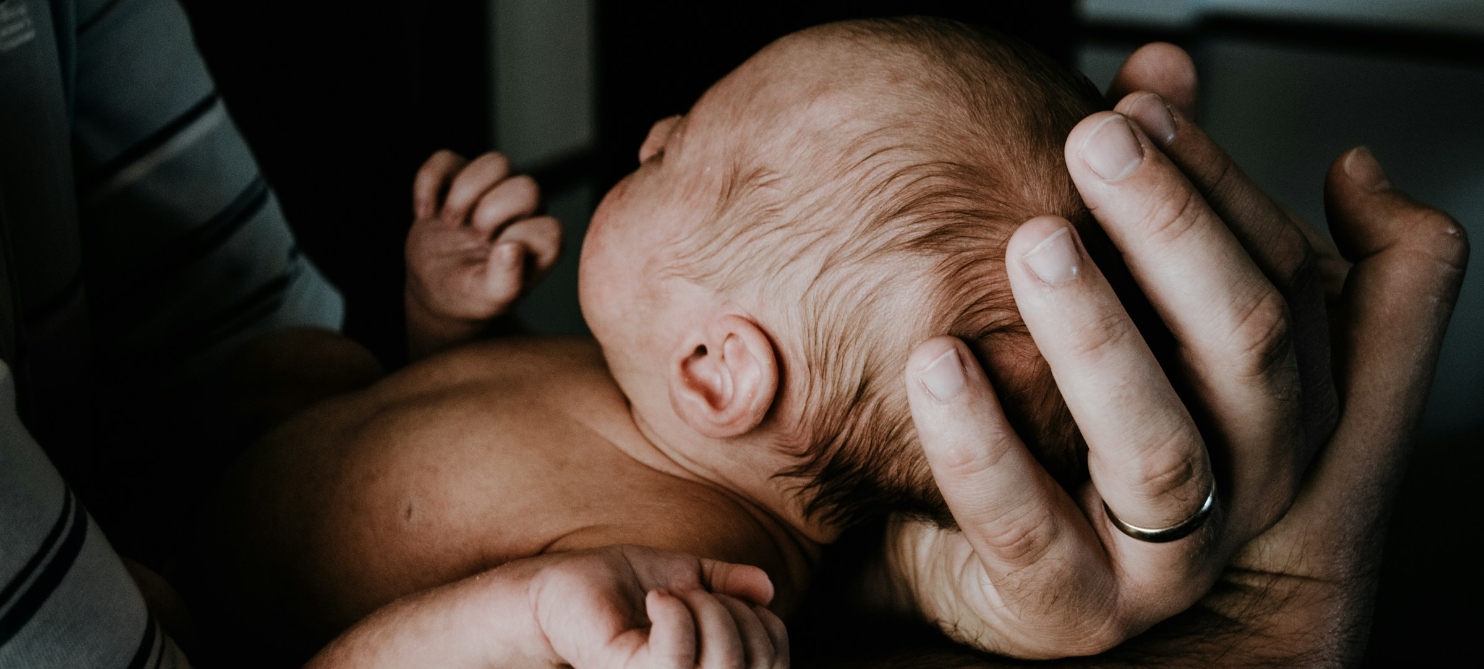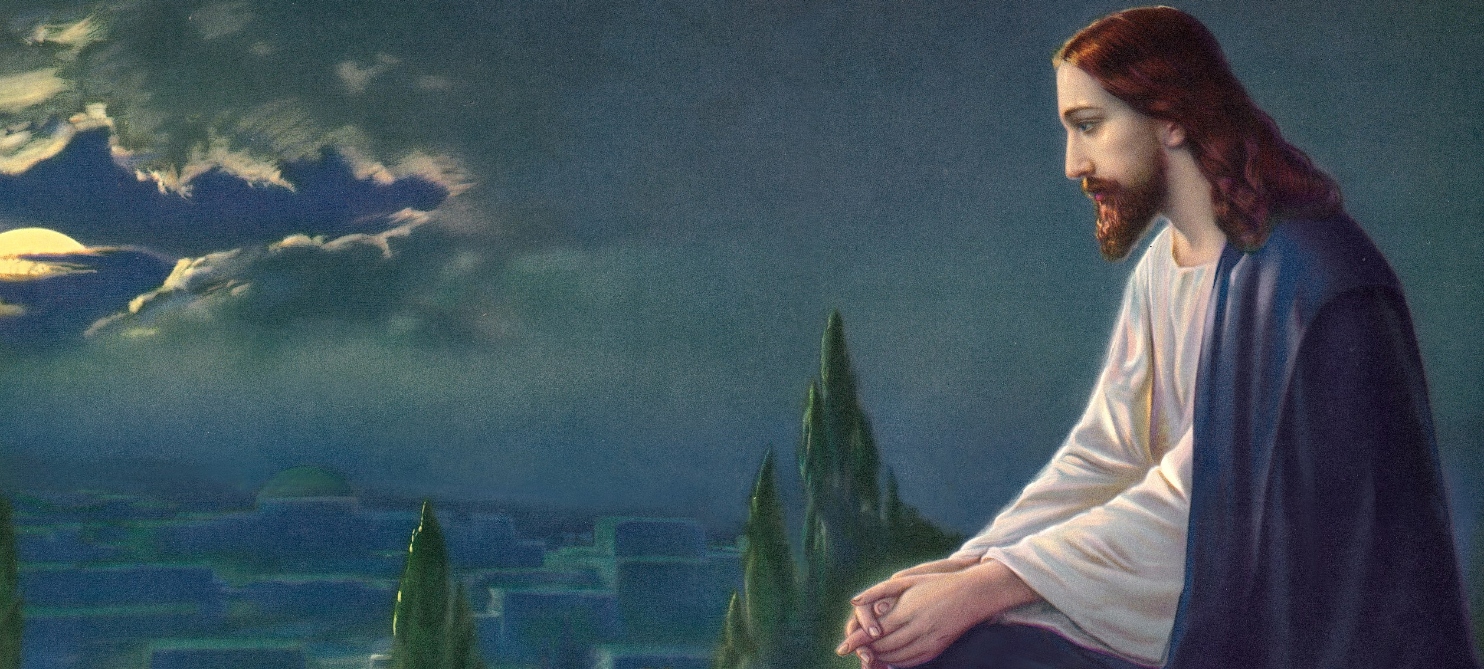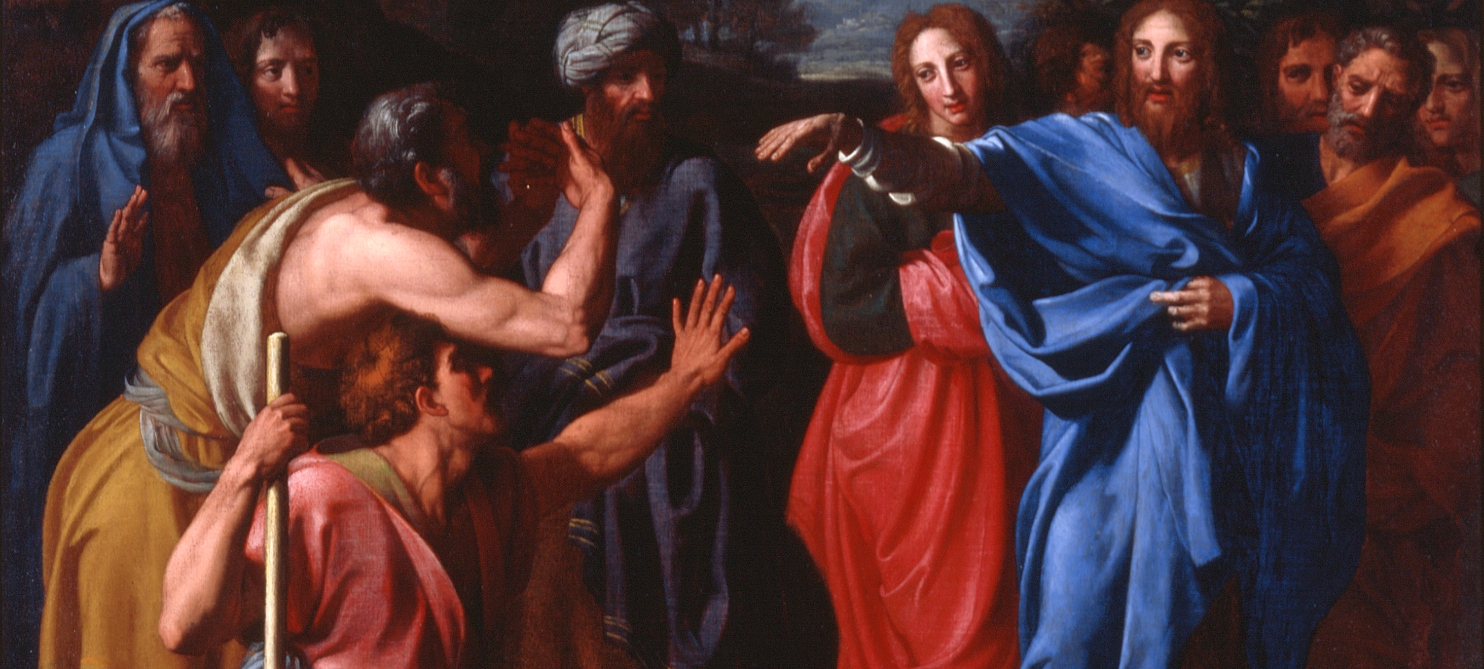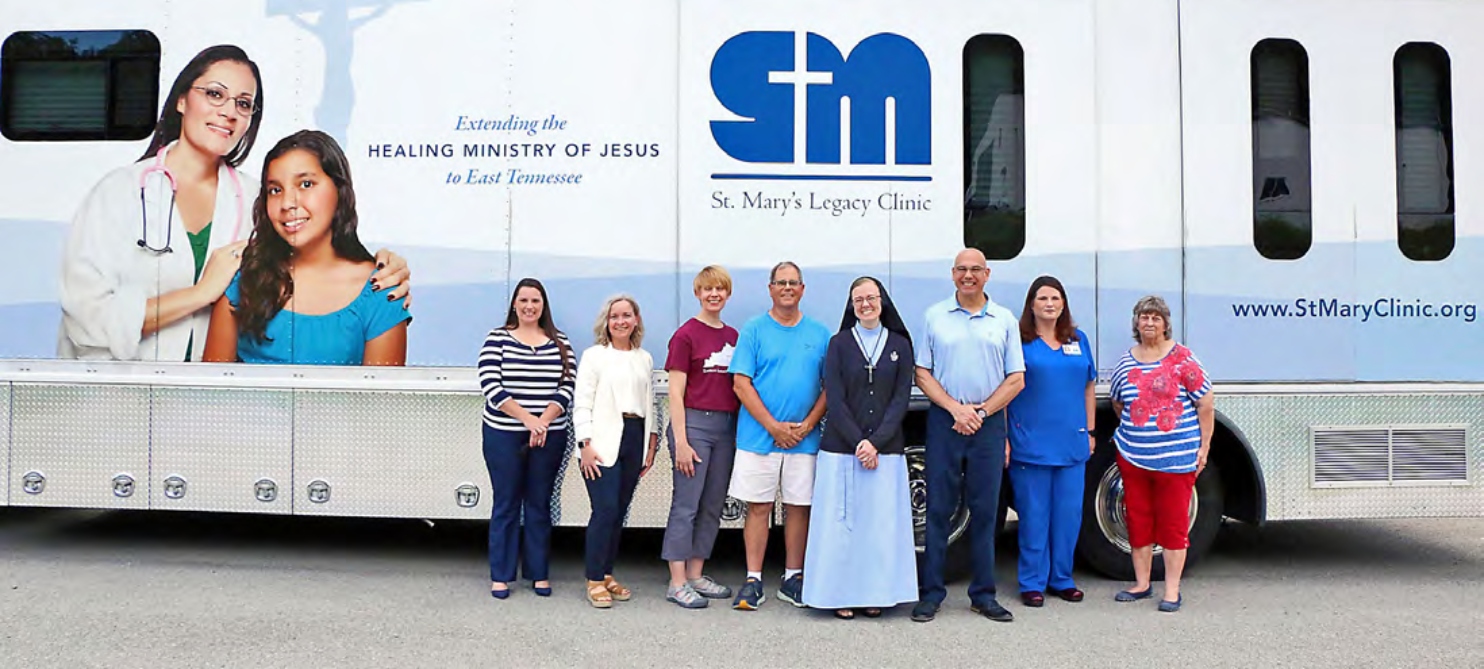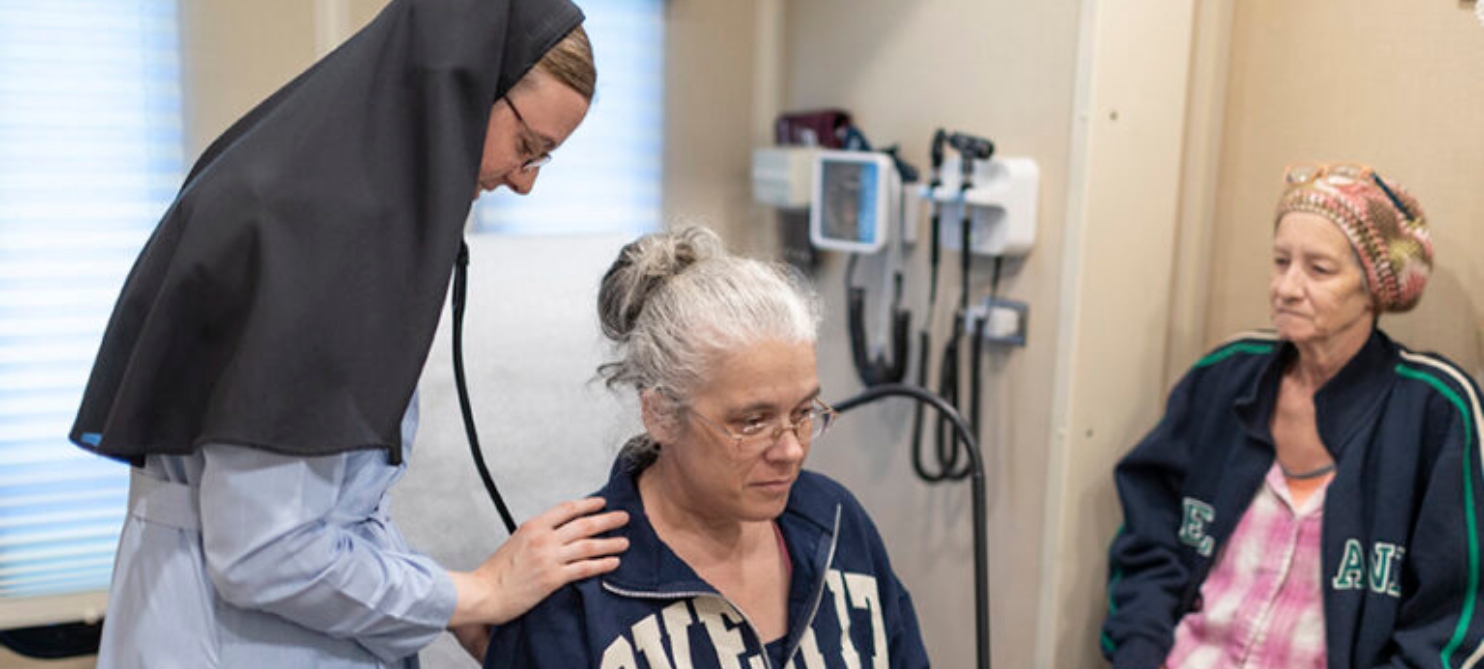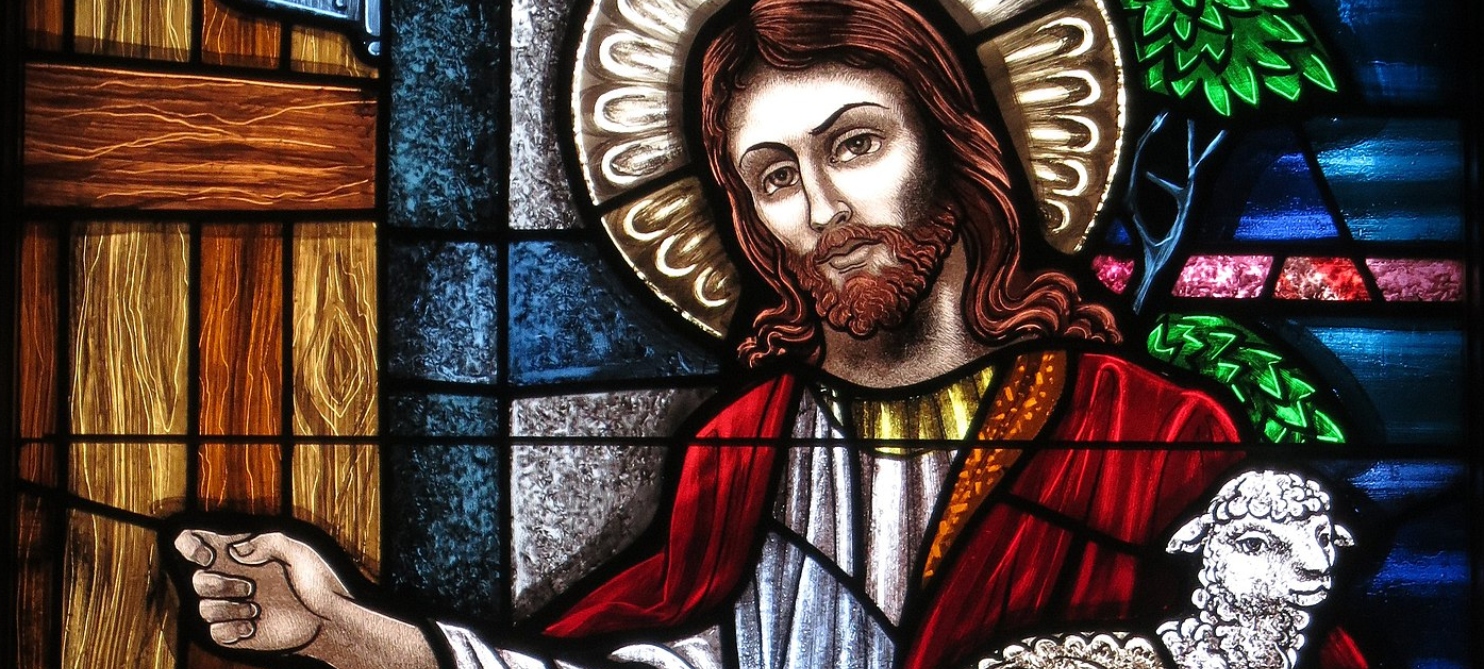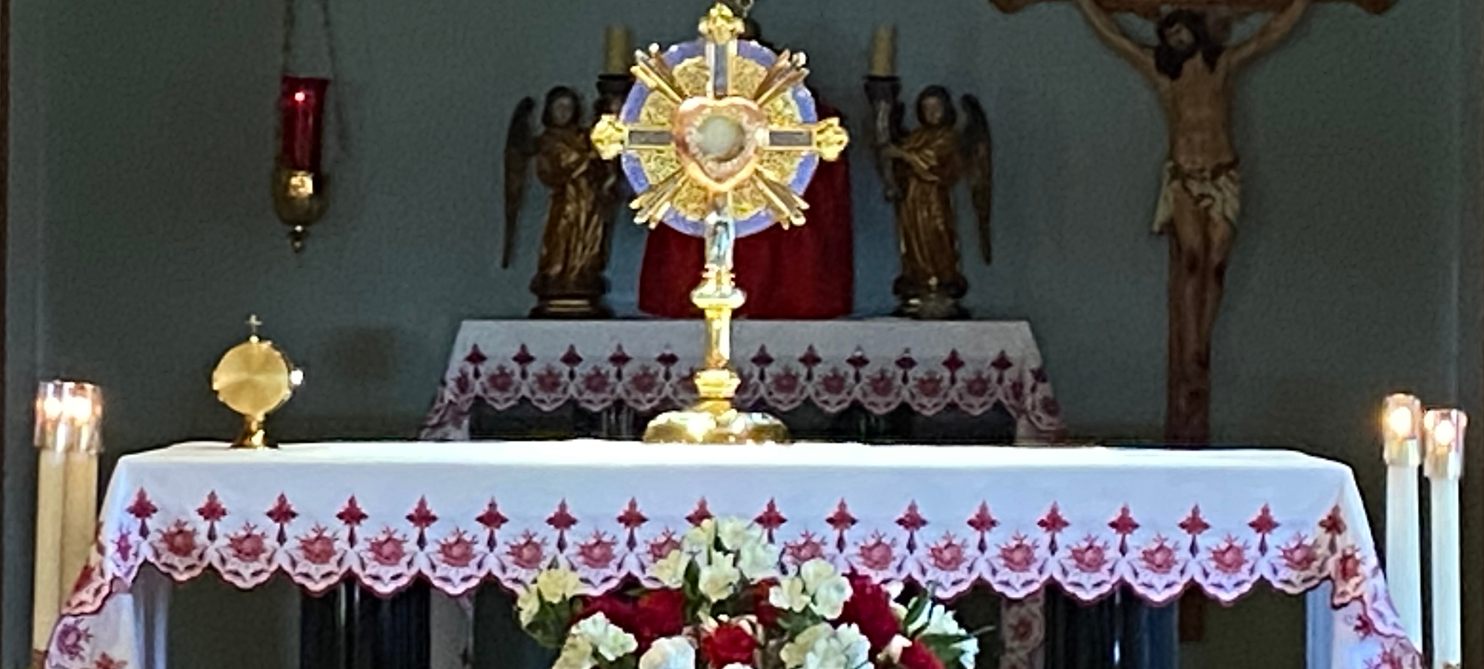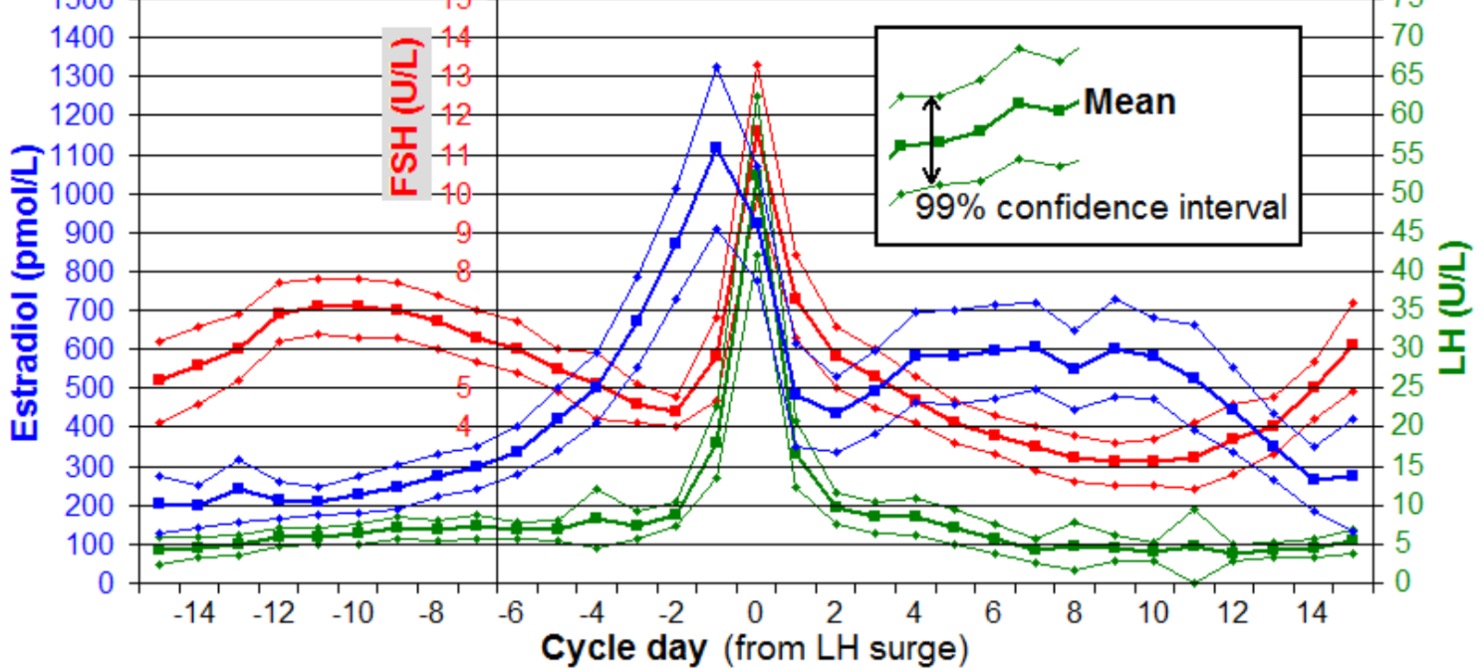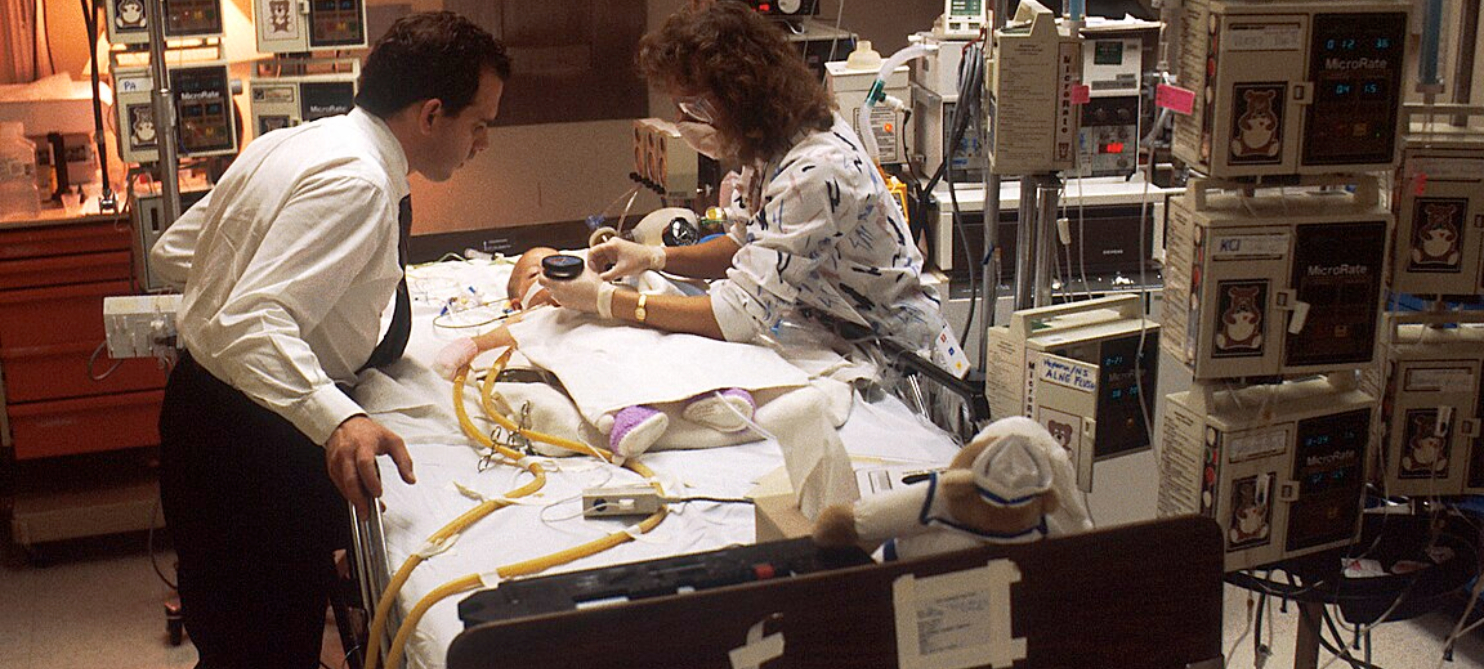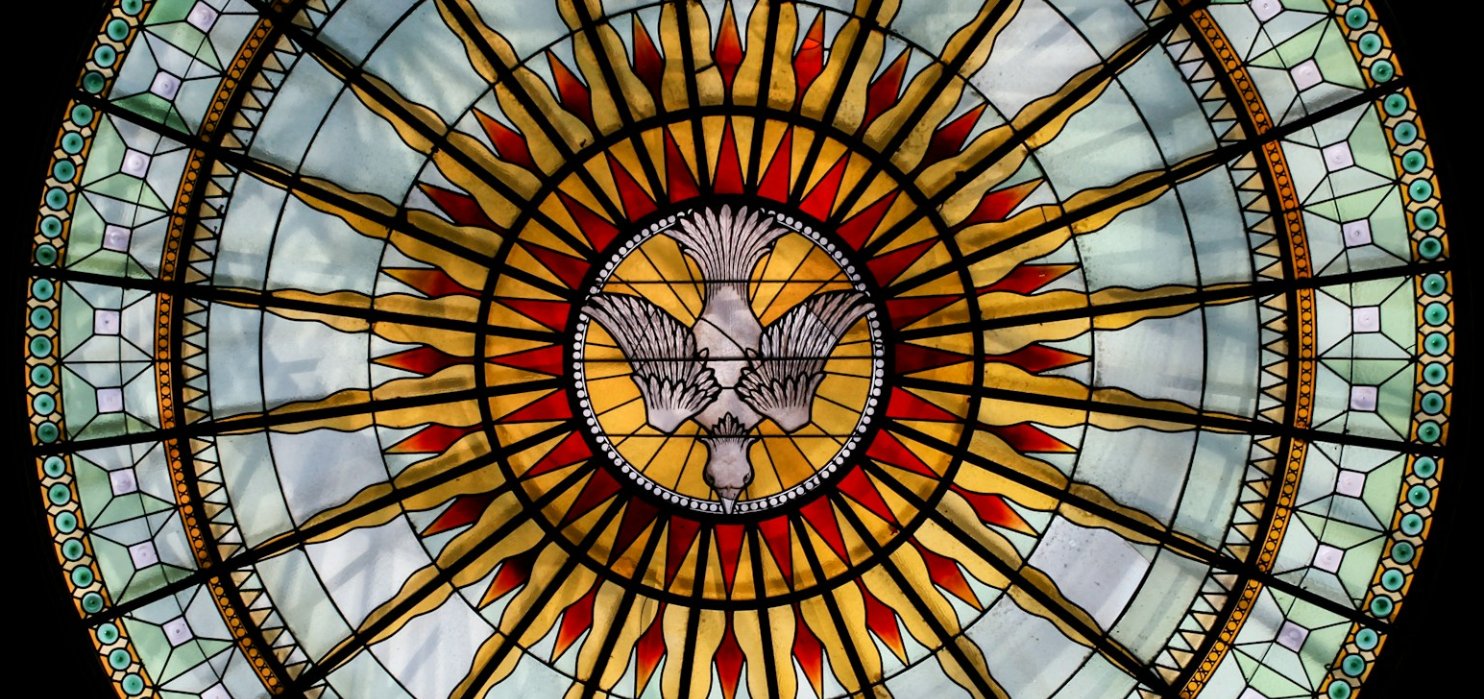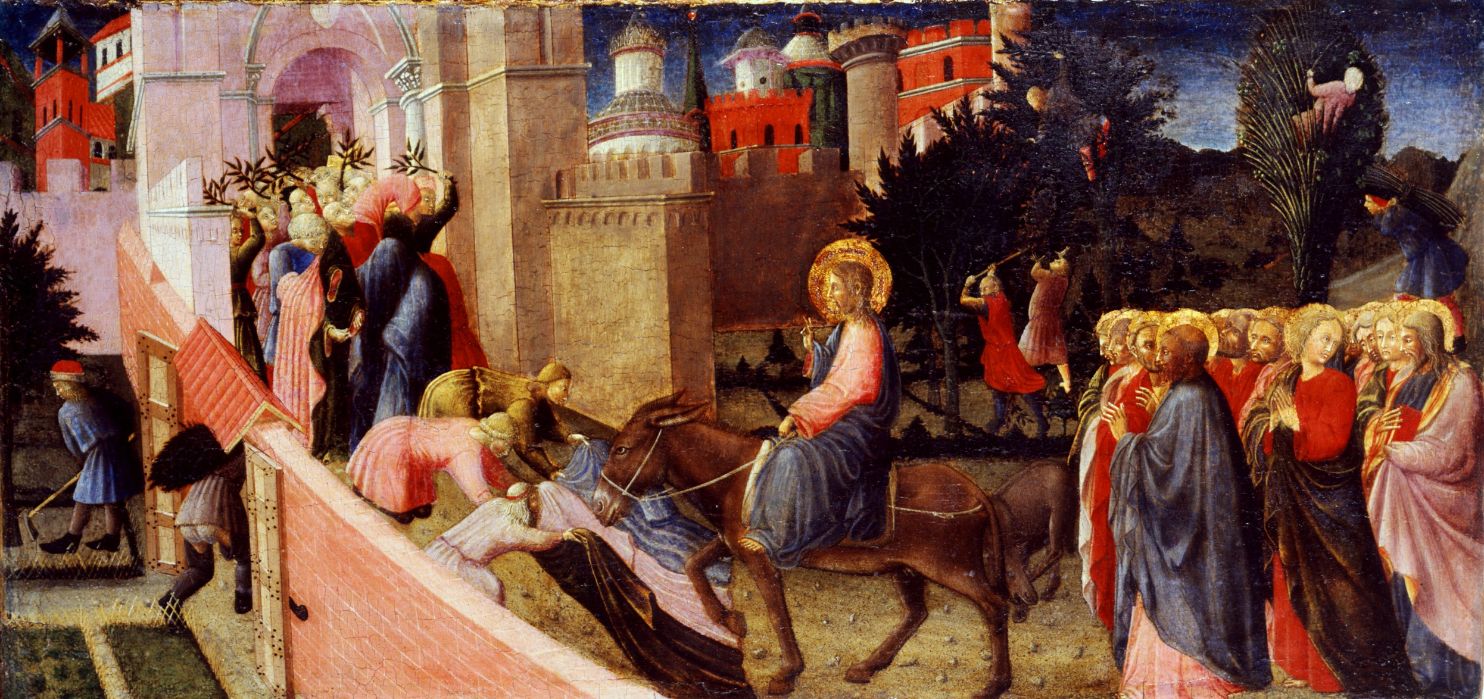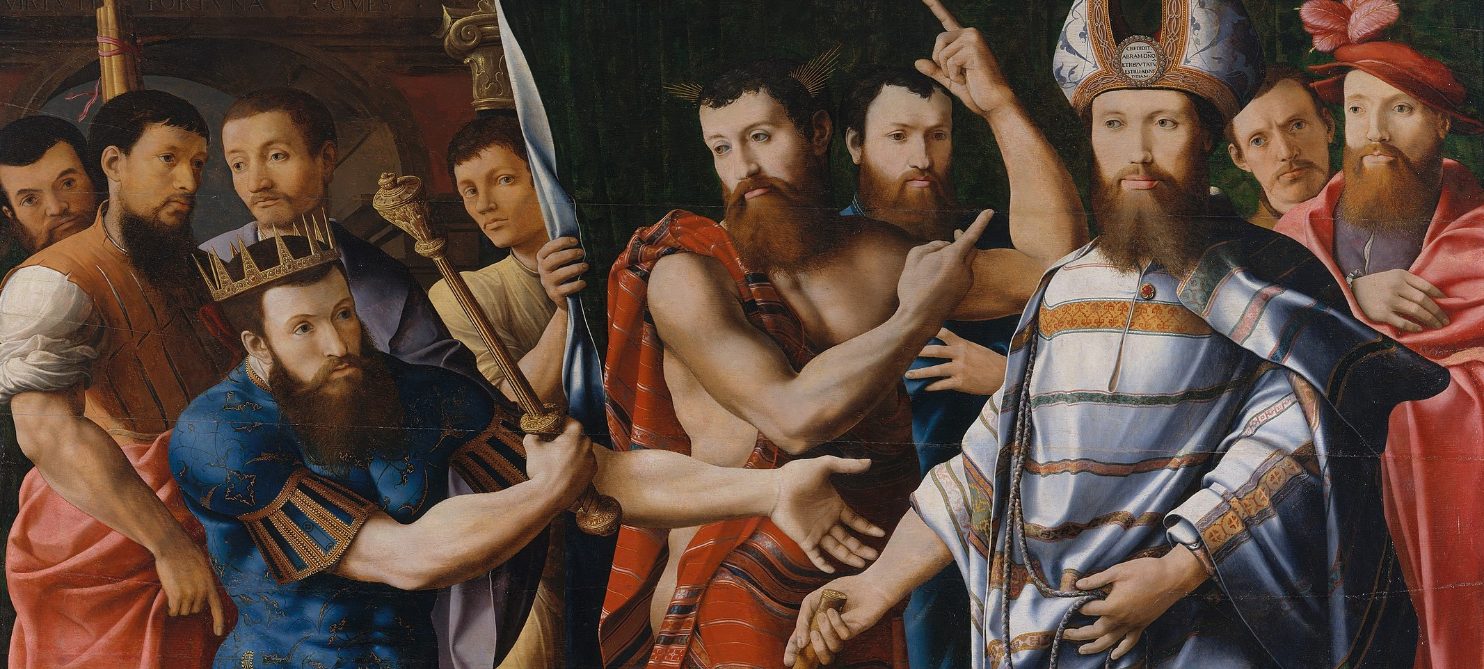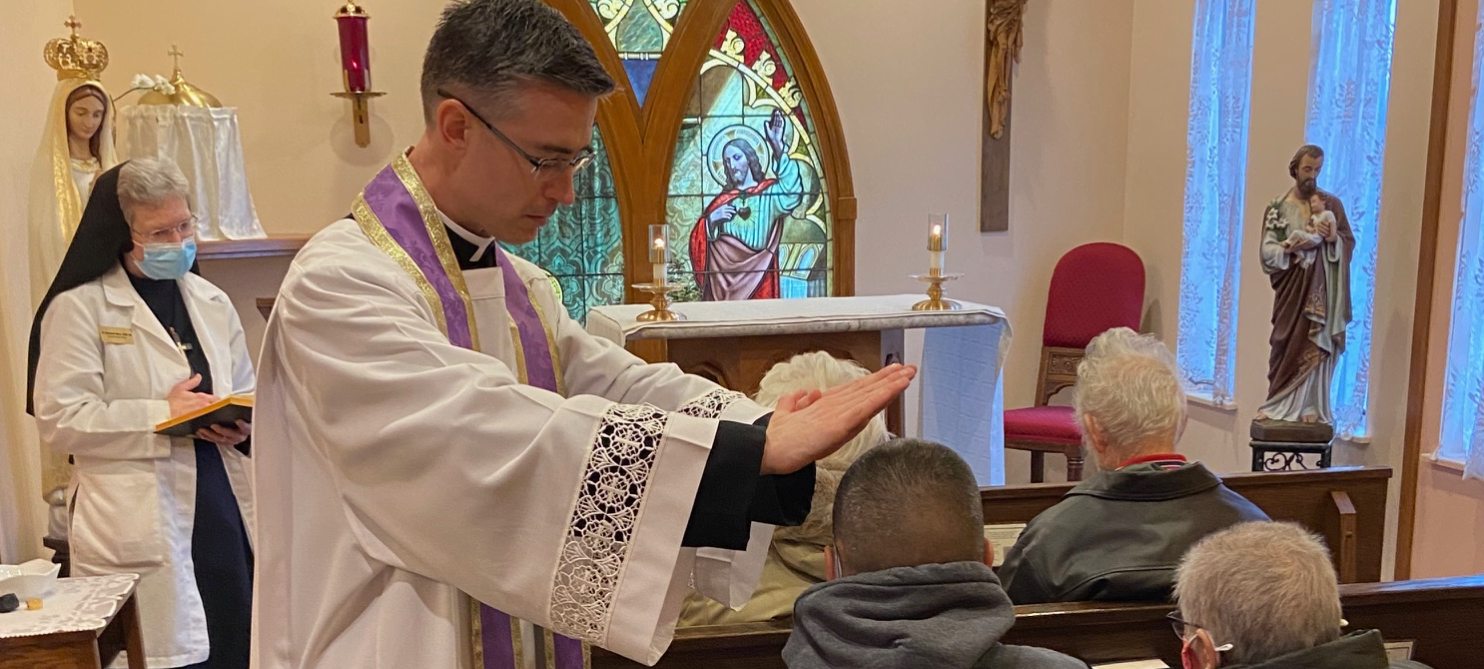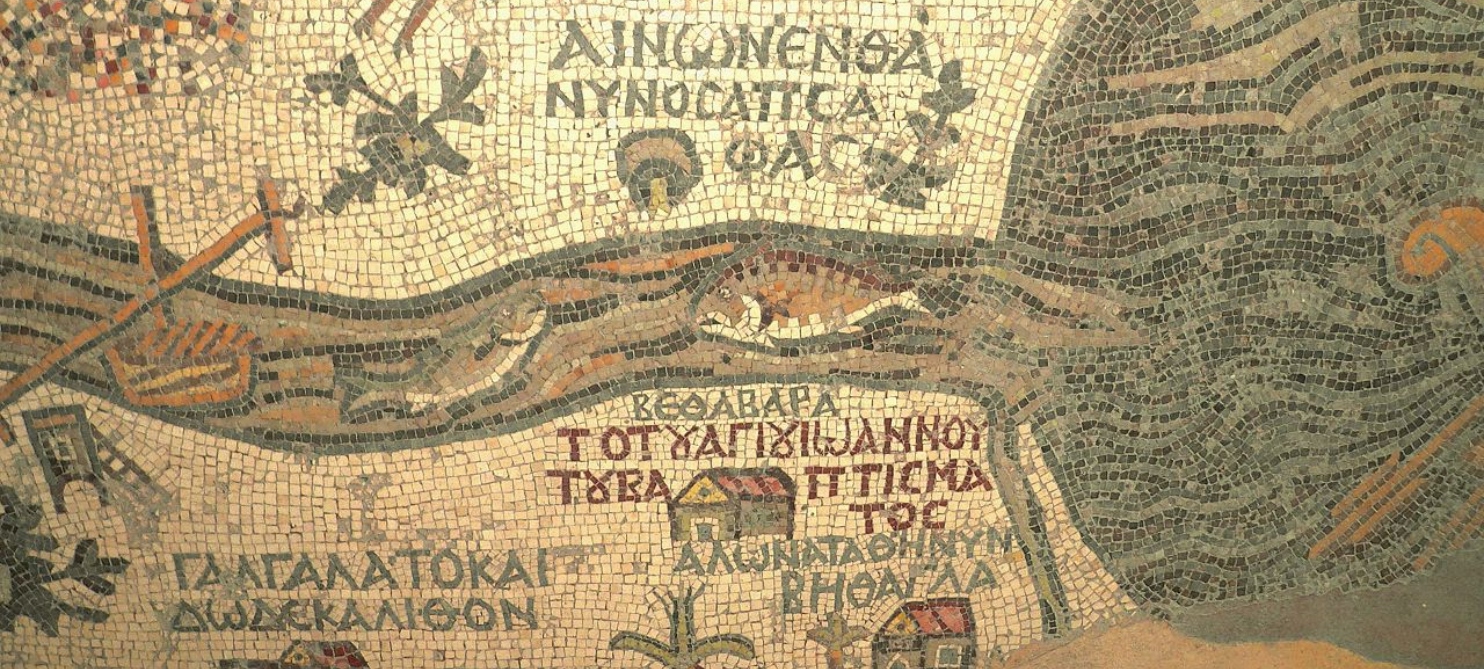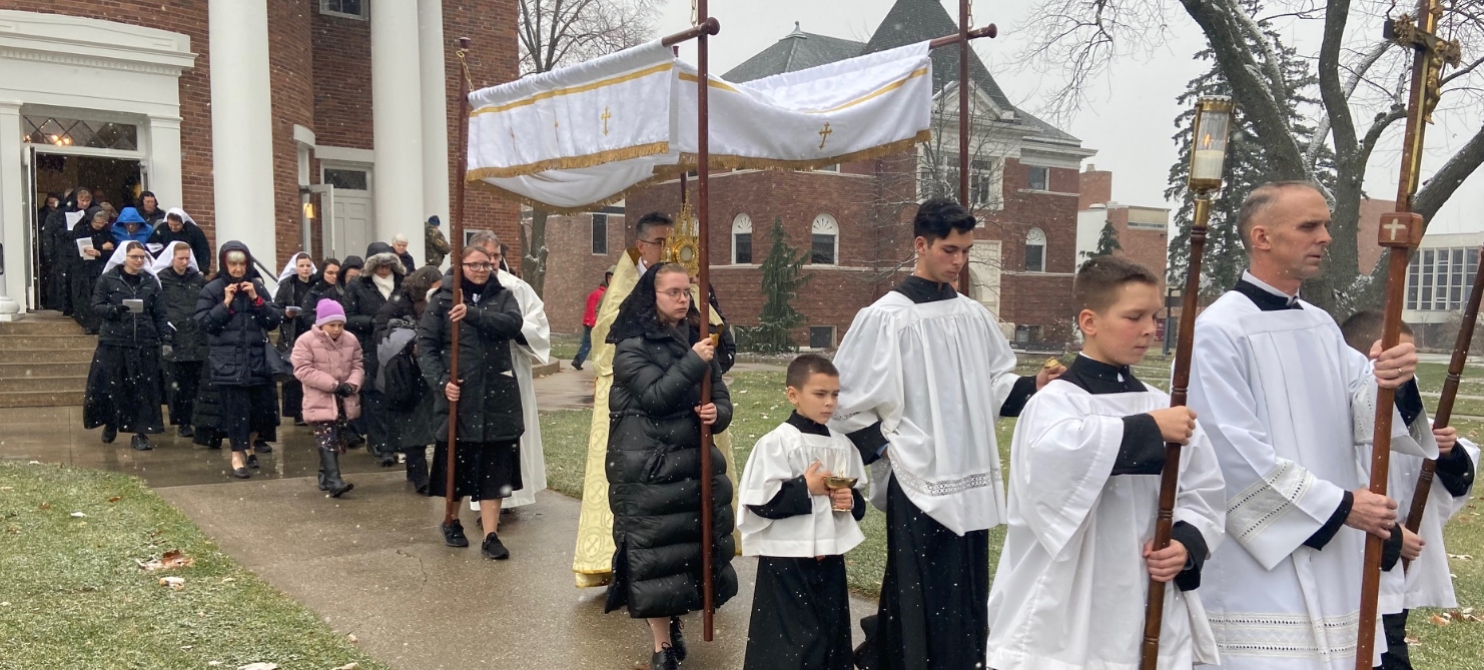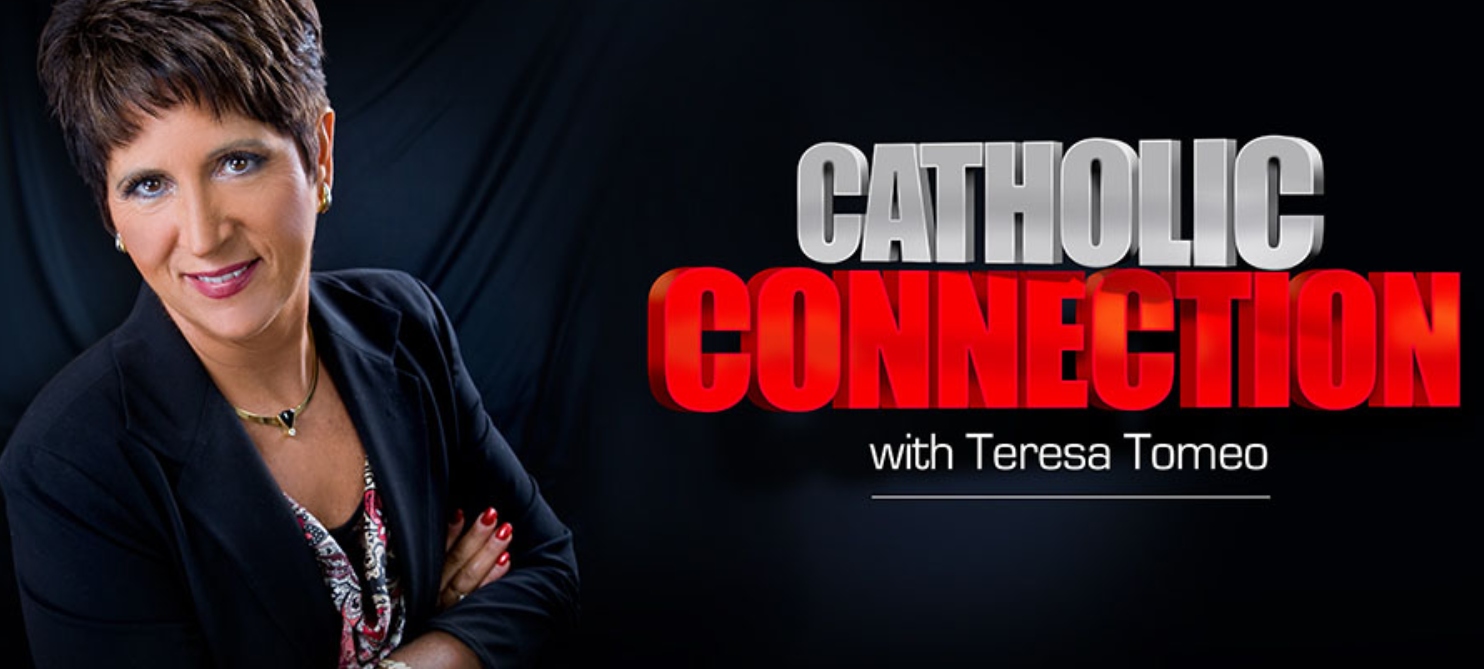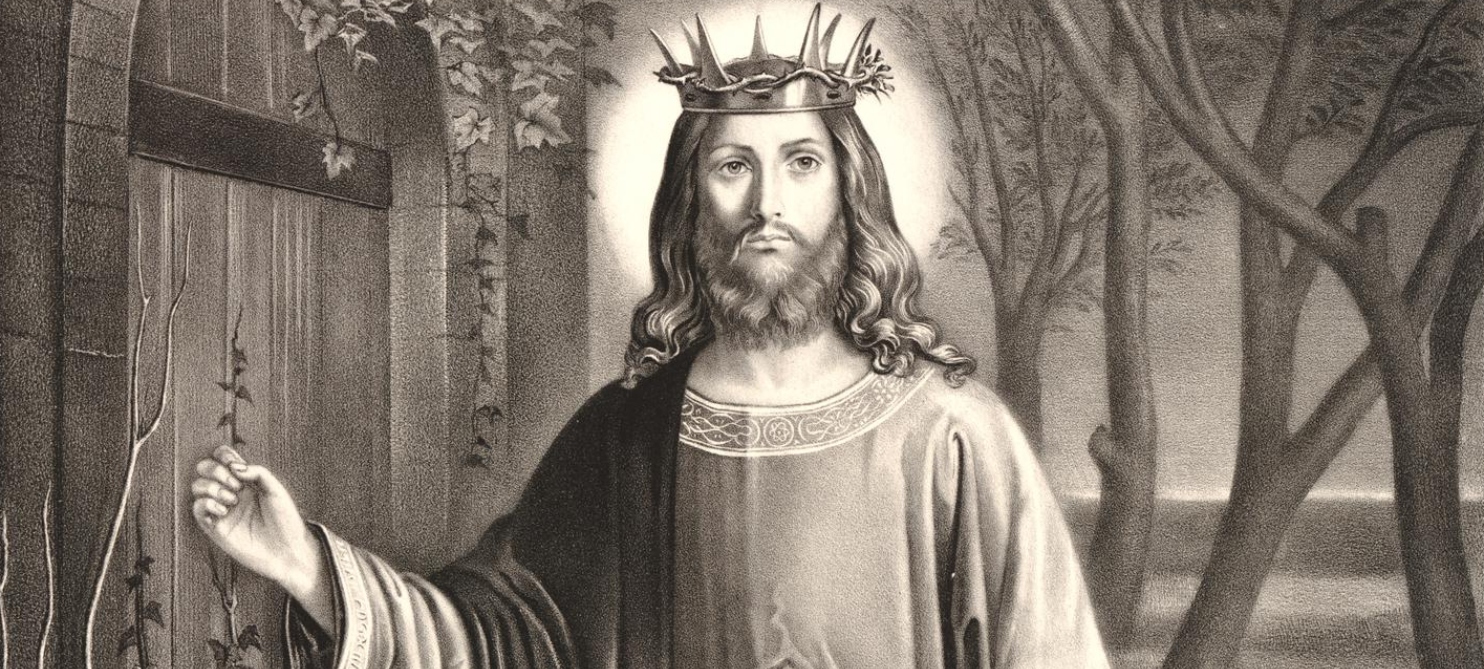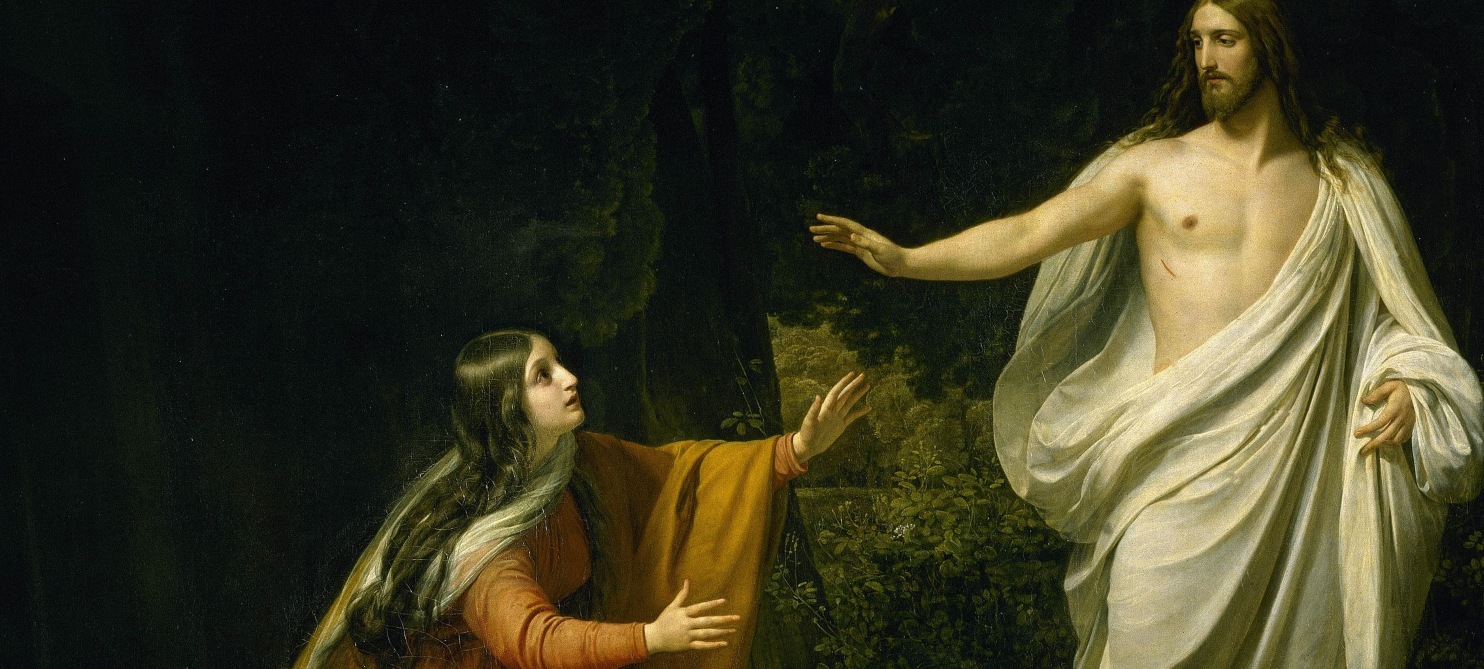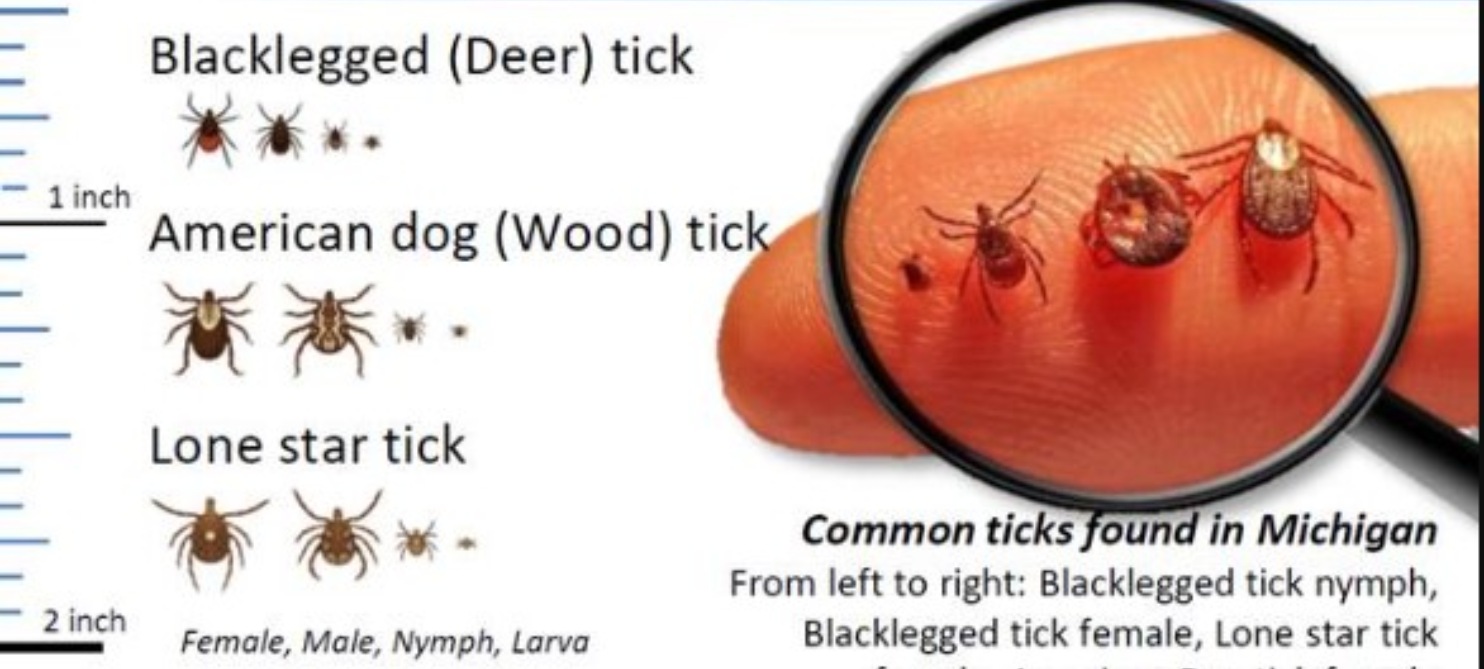The resurrected Jesus appears to his disciples already on the morning of the Resurrection, and on the evening of the first Easter Sunday, in the evening, He meets them on the road to Emmaus. We know the name of one of them: Jesus appears to Cleopas and “another disciple.” He meets them on the way. As yet, they are unable to see, blinded as they are by pain and sorrow. His comment pierces them, “How foolish and slow you are to believe.” Then Jesus opens the scriptures to them, and their hearts burn. They reach their destination, and now it is dark. It seems that he is going on further, but they prevail upon him to stay. Still, they do not know who he is until the breaking of the bread.
There are lessons we are meant to learn in this account. Jesus is always with us on the way. If we can approach life with a listening, open heart, our hearts will burn, even when we do not understand and do not fully see.
Jesus is always present with us
Jesus is ready and waiting for the moment that he already knows when we can be converted more fully unto him. Even when we question, “Are you the only one who does not know about what happened,” he is willing to entertain our questions by asking us a question—“What things?” It is an invitation to faith. In his book, The Spark of Faith, Fr Wojciech Gierteych, OP, identifies occasions in Sacred Scripture when the Lord offers grace and an invitation to faith. He marks occasions such as when Nicodemus came to the Lord at night or the meeting of the Samaritan woman at the well, where he and the other converse on two different levels of understanding until the Lord leads them in faith to where he is.[i]
In this present story, Jesus walks alongside them listening. After Jesus calls them foolish and slow of heart to believe, he asks the question. Jesus pierces their understanding, “Ought not Christ to have suffered these things, and so to enter into his glory?” He leads them into a deeper faith and then makes himself completely known to them in truth in the breaking of the bread.
Jesus is really present in the Eucharist
Jesus is present in the Eucharist; we can literally receive him body and blood, Soul and Divinity which is both our daily spiritual sustenance and, in which, the pledge of future glory is given. The word pledge means promise. Quoting St Ignatius of Antioch, the Catechism of the Catholic church writes:
There is no surer pledge or dearer sign of this great hope in the new heavens and new earth “in which righteousness dwells,” than the Eucharist. Every time this mystery is celebrated, “the work of our redemption is carried on” and we “break the one bread that provides the medicine of immortality, the antidote for death, and the food that makes us live for ever in Jesus Christ. [ii]
Learn about the Eucharistic Revival in the United States
Read “The Mystery of the Eucharist in the Life of the Church “
__________________________________________________________________
Image Credit:
Stom, Matthias. “Le Repas D’Emmaüs (Supper at Emmaus).” Oil on canvas, 130 x 164 cm (51.1 x 64.5 in). . Caroline Léna Becker, 17AD. Grenoble Museum. France.https://www.navigart.fr/grenoble-collections/#/artwork/60000000004663?layout=grid&page=1&filters=authors%3ASTOMER%20Matthias↹STOMER%20Matthias
Works Cited:
[i] Giertych, Wojciech. “Chapter 1: Why Is Faith Important?” Essay. In The Spark of Faith: Understanding the Power of Reaching out to God, 10–11. EWTN Publishing, Inc., 2018.
[ii] “ VII. THE EUCHARIST — ‘PLEDGE OF THE GLORY TO COME’ No. 1045.” Search the Catechism. Accessed April 25, 2023. https://www.catholiccrossreference.online/catechism/#!/search/1405/fn/1405:249.
Third Sunday of Easter
Posted April 26, 2023

